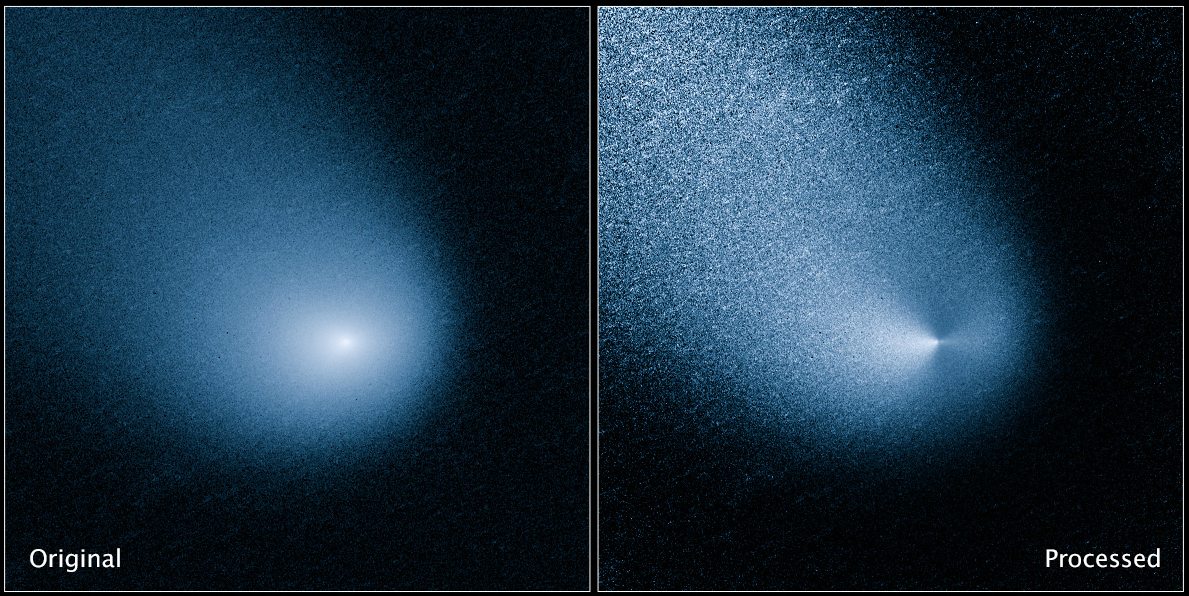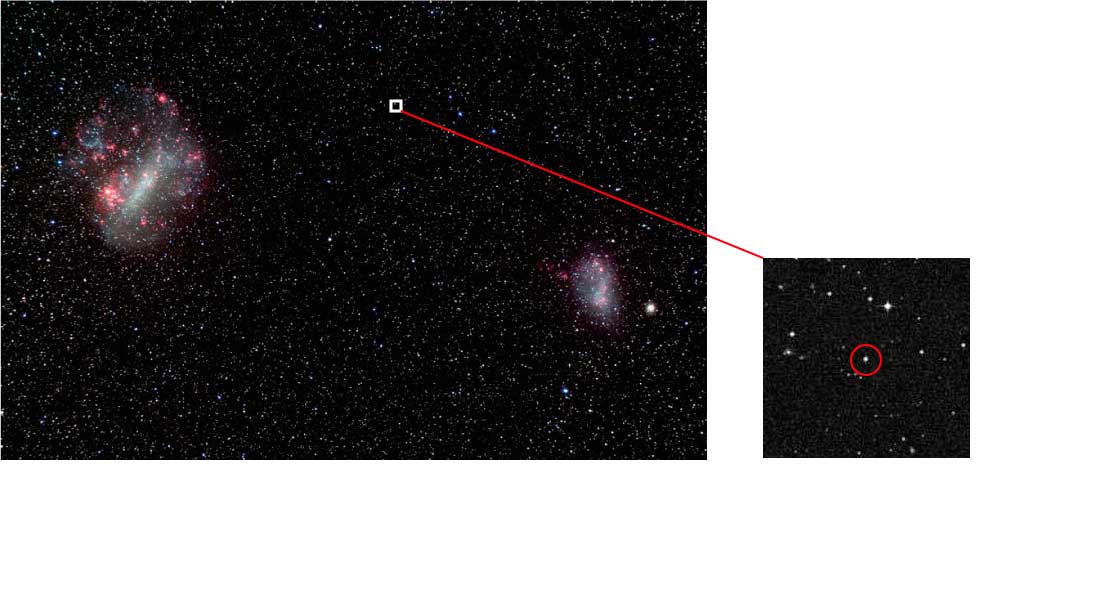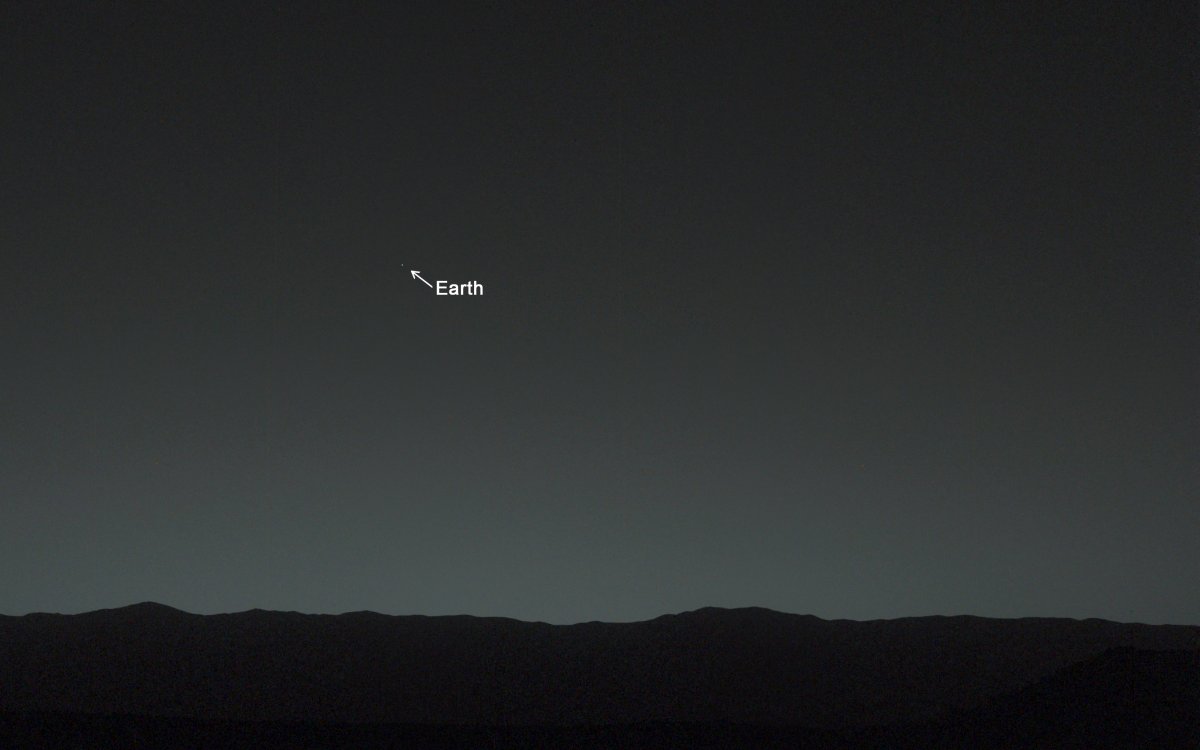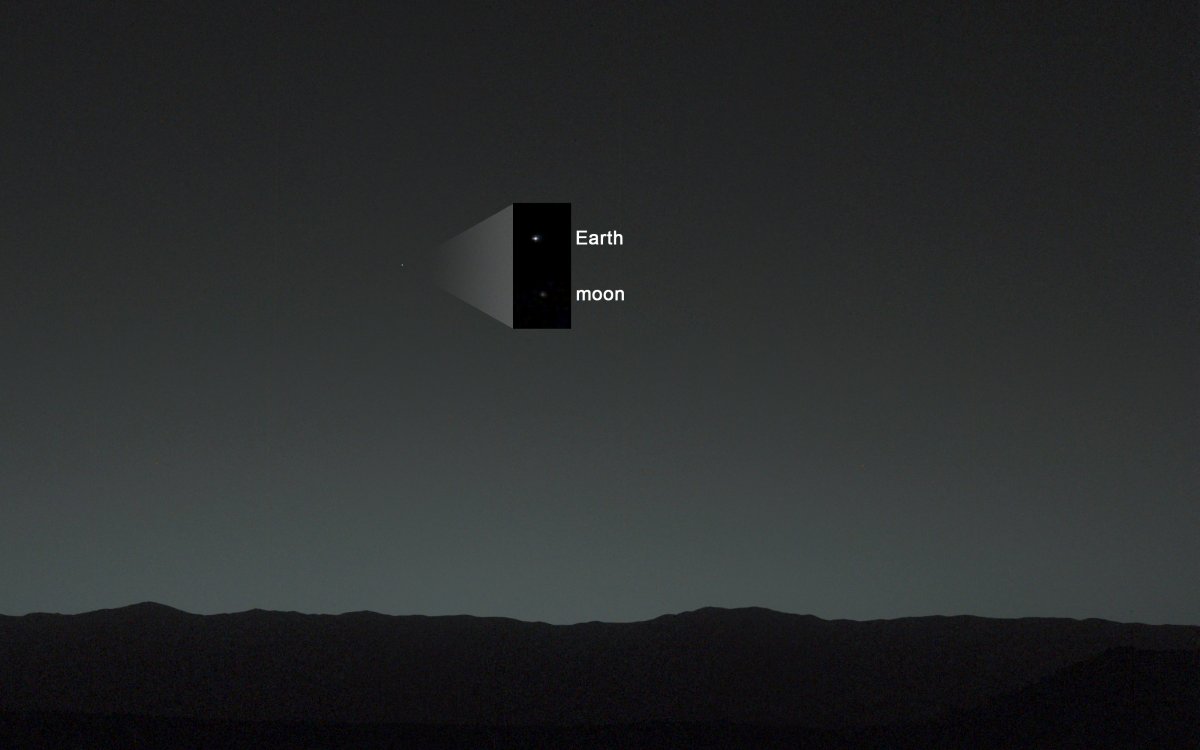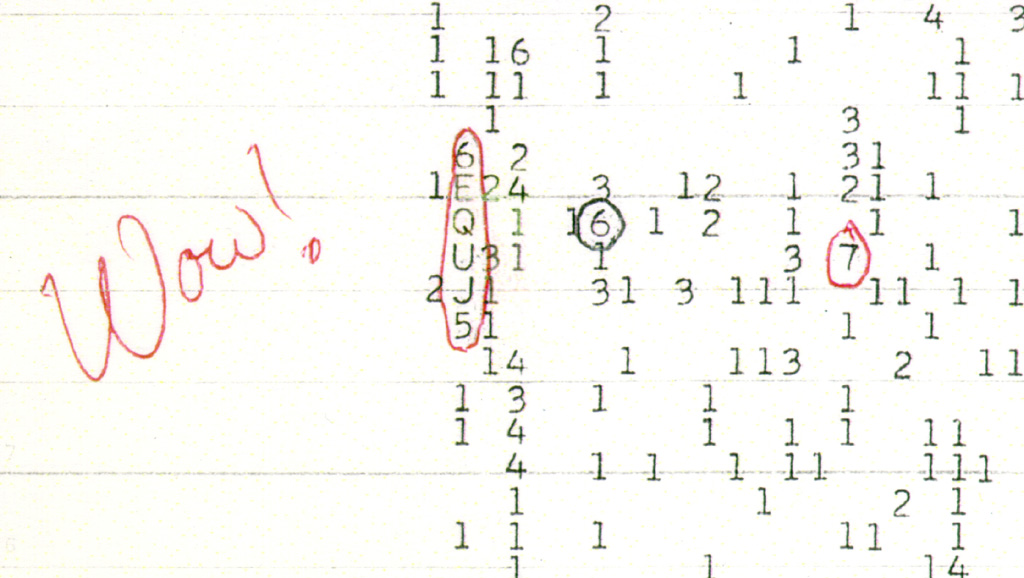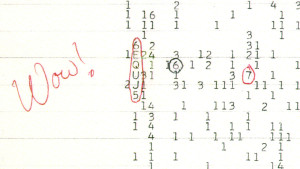Researchers in the UK believe they found proof of extraterrestrial life in the upper reaches of Earth’s atmosphere. The alien discovery was made when a team from the University of Sheffield and the University of Buckingham Centre for Astrobiology launched a balloon high into the stratosphere during the 2013 Perseid meteor shower.
The balloon was equipped with sterile collection plates designed to capture living particulate matter:
During the trip one of the slides caught an organism, around 10microns in size, which Professor Milton Wainwright says is a structure ‘colloquially called ‘the dragon particle’ which scientific analysis shows is made of carbon and oxygen and is therefore not a piece of cosmic or volcanic dust.’
In an interview with the Daily Express, Wainwight explained that it was unclear whether the organism was a single life-form or was made up of a number of smaller microbes.
He was also unequivocal that the biological entity was “like nothing found on earth”.
Additional organisms captured were covered with cosmic dust and seem to corroborate an earlier discovery of organic particles on the exterior of the the International Space Station (ISS).
As evidence of the mystery alien particles mounts, some scientists are now considering the possibility that the origins of life on Earth may have rained down from space and continues to do so.








